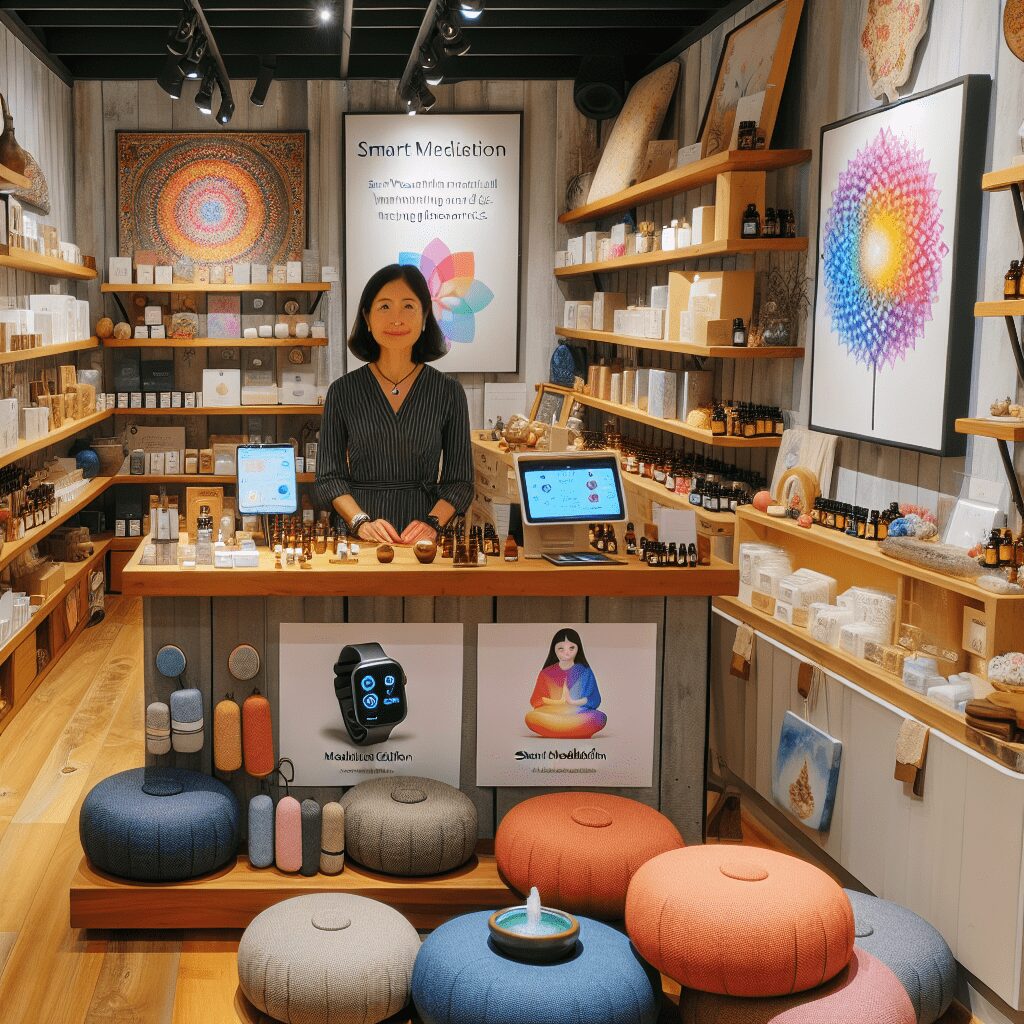
Prioritize your mental well-being daily. Enhance your life by nurturing your mental health with the Smart Meditation app. Break free from stress, alleviate anxiety, and enhance your sleep quality starting today.
How To Depict Anxiety?
Unveiling the Art of Capturing Anxiety
Anxiety, a ubiquitous companion lurking in the shadows of our modern lives, often remains shrouded in mystery. Yet, depicting it, whether through prose, poetry, or visual arts, offers a mirror for self-reflection and an olive branch to those who feel isolated by their internal battles. Here lies the challenge: how does one encapsulate such an intangible, chameleon-like experience? Let’s peel back the layers and shed some light on this perplexing quest.
The Brushstrokes of Anxiety: Techniques and Tips
Kick-start with a Blank Canvas
First things first – understanding anxiety is akin to holding water; it’s slippery and tends to escape through the crevices of our understanding. However, descriptions need not be drab. Think vibrant, think vivid! Picture anxiety not just as a grey cloud but as an unpredictable storm, morphing its intensity and form.
Dive into the Abstract
- Embrace Metaphors & Similes
-
Anxiety can be as tumultuous as a stormy sea, swallowing serenity whole. Or it might creep up like shadows at dusk, gradually yet unmistakably.
-
Personification Packs a Punch
-
Give anxiety a persona; maybe it’s a relentless critic lounging in the back of your mind, or a shadowy figure tailing your every step. This technique allows readers to visualize and confront anxiety as a character.
-
Sensory Overload
- Describe how anxiety tastes; perhaps like metal, sharp and overwhelming. Capture how it sounds; is it a cacophony, a constant buzz in the ear? Highlight the physical manifestations: the jittery legs, the clenched jaw, the heart drumming a frenzied beat.
The Devil’s in the Details
Anecdotes and personal narratives bring authenticity. Perhaps it’s the story of a panic attack during a seemingly mundane task, or the silent struggle of smiling through an anxiety-ridden day. Here’s where colloquial expressions and idioms (e.g., “butterflies in the stomach” or feeling “on edge”) can paint a relatable picture.
The Colors of Counterbalance
While depicting anxiety, it’s pivotal not to leave the canvas bleak. Highlighting coping mechanisms, resilience, and paths to wellness injects hope into the narrative. Introduce mindfulness practices, the relief of shared experiences, or the simple, yet profound, act of breathing through the chaos.
Strategies for a Well-Rounded Portrait
-
Counterbalance with Hope Inject narratives with instances of overcoming or managing anxiety, showcasing the light at the end of the tunnel.
-
Dangle the Carrot of Community Emphasize the power of shared experiences and the strength found in communities. Sometimes, knowing you’re not paddling upstream alone is half the battle won.
-
Highlight the Heroes, Big and Small Celebrate victories over anxiety, whether they’re monumental or just tiny, everyday triumphs. Every step forward is a victory parade worth describing.
In essence, depicting anxiety is not about diving into the deep end of despair but rather sketching the intricate dance between shadows and light. It’s a tale of battles, both won and ongoing, a testament to the resilience etched in the human spirit. By adopting a holistic approach, employing vivid imagery, and weaving narratives with threads of empathy and hope, one can craft a portrayal of anxiety that resonates, uplifts, and, ultimately, connects. After all, in the gallery of human experiences, anxiety occupies its corner, but it doesn’t define the entire space.





